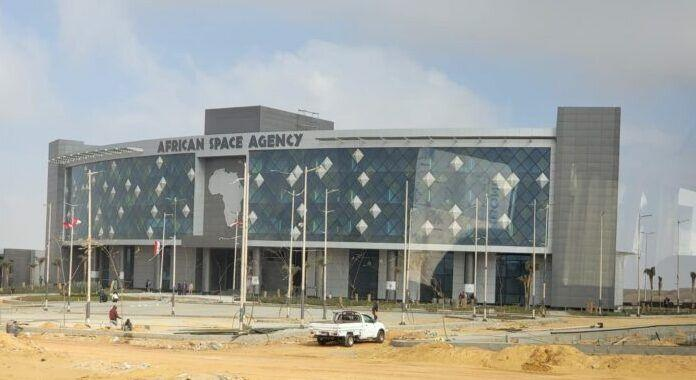
Introduction
Across East Africa, the private sector is stepping up to play a transformative role in the development of space and hypersonic technologies. As governments lay the groundwork for national space programs and aerospace ambitions, local startups, academic spin-offs, and private investors are increasingly contributing to technological advancement. This article explores how private enterprise is shaping the future of space and high-speed aviation in East Africa, and what challenges and opportunities lie ahead.
A Shift Toward Commercial Space Involvement
Traditionally, space development has been the domain of governments and national research institutions. However, the trend in East Africa is evolving, following global patterns where commercial companies are taking on larger roles. In Kenya, Rwanda, and Ethiopia, private firms are emerging with interests in satellite manufacturing, data services, launch technology, and even component production for aerospace systems.
Kenyan-based companies like LocateIT and SayariLabs are notable examples. These firms are building small satellites, offering geospatial data analytics, and providing training in satellite development. Their contributions not only add technological capabilities but also support job creation and skills development within the region.
Innovation at the Frontier: Hypersonic Technologies
Though hypersonic research is still in its infancy in East Africa, the private sector is showing early interest in this frontier. Startups aligned with universities and tech hubs are exploring materials science, propulsion testing, and fluid dynamics simulations—essential foundations for hypersonic vehicle development.
In Uganda and Tanzania, academic incubators and engineering firms are researching composite materials that could withstand extreme heat and pressure, crucial for hypersonic applications. While commercial hypersonic transport remains a long-term goal, the groundwork being laid today could open opportunities in future defense systems, emergency response vehicles, or rapid atmospheric transport.
Public-Private Partnerships (PPPs) Gaining Traction

One of the key enablers of private sector growth in space and hypersonics is the establishment of public-private partnerships. Governments are beginning to recognize the value of working with local businesses to accelerate innovation and share the financial and technical burden of space exploration.
In Rwanda, the government’s partnership with OneWeb, a global satellite internet provider, demonstrates how PPPs can bring connectivity and investment to underserved regions. Similarly, Ethiopia’s collaboration with private engineering firms for component testing on satellite systems is helping to bridge the gap between policy vision and technological execution.
These partnerships not only allow for knowledge transfer but also help align national development goals with commercial incentives, creating sustainable models for growth.
Access to Funding and Investment
A major barrier for East Africa’s private space sector remains access to funding. Venture capital in the region is still limited, and many aerospace startups face challenges securing the capital required for research, development, and scaling. However, recent trends indicate a slow but steady rise in interest from both local investors and international funds targeting emerging markets in deep tech and space.
Some governments are exploring innovation grants and seed funding programs to encourage private participation in aerospace. Additionally, pan-African initiatives such as the African Development Bank’s High 5 Agenda and the African Union’s Space Policy and Strategy offer potential platforms for private companies to attract funding and technical support.
Local Manufacturing and Supply Chains
Private industry is also contributing to the growth of aerospace-related manufacturing. Companies in Kenya and Ethiopia are experimenting with 3D-printed satellite parts, lightweight alloys, and affordable launch components. These efforts reduce dependency on foreign imports and help foster a homegrown industrial base that supports broader regional space programs.
Collaborations with universities have led to innovation clusters where students, researchers, and engineers work together on real-world applications—from drones to satellite ground stations—creating a sustainable talent pipeline.
Challenges for the Private Sector
Despite the progress, several obstacles continue to limit private sector involvement. These include regulatory uncertainties, lack of standardized aerospace policies, limited infrastructure, and weak enforcement of intellectual property rights.
Additionally, the high-risk nature of space and hypersonic ventures means many entrepreneurs are cautious about entering the market. Technical expertise remains scarce, and few institutions offer specialized training or mentorship tailored to aerospace entrepreneurs.
To address these issues, countries must develop clear legal frameworks, strengthen innovation ecosystems, and expand regional cooperation to share infrastructure and knowledge.
Conclusion
The private sector in East Africa is becoming an increasingly influential force in shaping the future of space and hypersonic technology. Though still in the early stages, the contributions of local firms, startups, and investors are already catalyzing innovation and complementing government-led efforts. By nurturing this ecosystem through supportive policies, funding opportunities, and regional collaboration, East Africa can create a thriving aerospace industry that is not only locally driven but globally competitive.


